An often heard comment nowadays, is that everyone is talking about smart cities, but that little is actually happening. This is in high contrast to the utopian visions and predictions of connected and smart cities during the last decade, as well as to some spectacular cases in cities in other parts of the world. Why aren’t we moving faster?
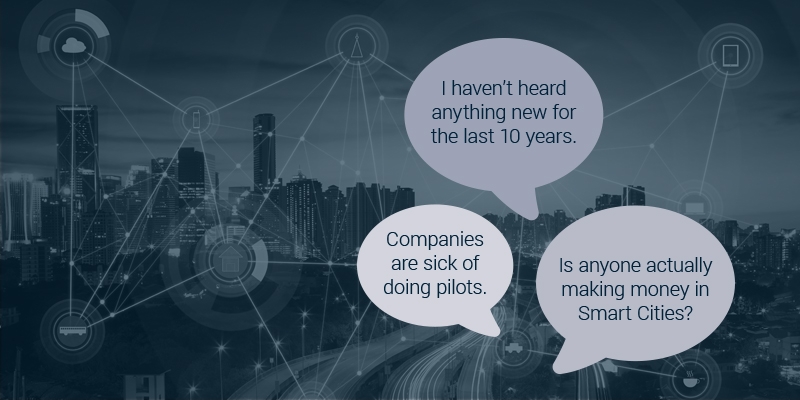
A partial explanation is perspective. Smart cities are moving forward. However, breakthrough innovation takes time. Governments work in political cycles of several years. It’s difficult to change everything in 1 or 2 cycles. Moreover, these organizations have to cope with legacy systems, which cannot be replaced overnight. From the cities’ point of view, a slower pace is also understandable. IoT in Smart Cities has typically been a ‘technology push’. The problem to be solved, the added value of the technology or business case wasn’t yet convincing enough: the ‘Sweet spot of Innovation’ is yet to be found. Finally, as the applications and technologies are still evolving and a lot of standardization is still to be done, it makes sense for cities not to move too quickly.
But there are also 2 other factors that hold back our smart cities:
-
- One of them is Missing Innovation Competences in city administrations. Not only in technologie (which is understandable given the wide scope), but also in managing innovation programs and projects. Governments are aware of the importance of this new role, but there’s still plenty of work to be done.
- The most important factor is Funding: Lack of funding is the key barrier to implement smart city strategies and IoT applications. Cities have to do more with less. And while implementing an ICT infrastructure to operate more efficiently will fit that paradigm, technological ‘nice-to-haves’ often don’t.
This especially if the application offers limited added value to ALL civilians or if the problem to be solved is a shared responsibility with other stakeholders. Take parking sensors: A system that guides drivers to the nearest open spot, would improve traffic and be convenient to its users. But the high costs of installing a city wide system that integrates parking sensors and running an application to guide drivers make it hard for a city alone: the investments are high, the solution is aimed at drivers only and most cities are actually thinking about ways to get less cars in their cities.
A possible solution to these issues are multi-sided business models, in which value is created and distributed among two or more groups of customers and sellers. Bus stop shelters are a good example in a city context: Bus shelters are provided and maintained by companies who sell advertising space. Passengers don’t have to wait in the rain, there’s limited investment (or even revenue) for the city, value is created through the advertising ‘platform’. One could think of a way in which such model could also work in parking spot guidance.
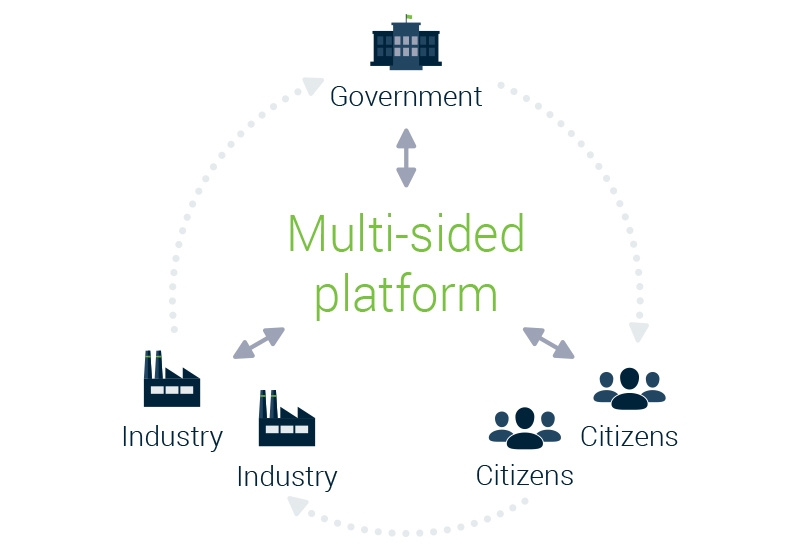
In order to get everyone engaged in building such business models, city administrations as well as technology and service providers will have to rethink the way they procure (for cities) and sell (for companies) innovative solutions.
Cities
It will be crucial for city administrations to take ownership of their innovation process. They should see themselves as a service provider to their citizens, with the implicit obligation to optimize these services and search for added value.
They also need to remain ‘headstrong’ in solving the problems that are important to them when being flooded by solutions and advice from technology providers. They need to challenge the status quo, explore the possibilities, define the needs and run innovation projects in cooperation with the industry. When solving their problems, governments should strive for innovation and remember that (even though public procurement is complex) they are free to choose a solution/technology, just not the supplier.
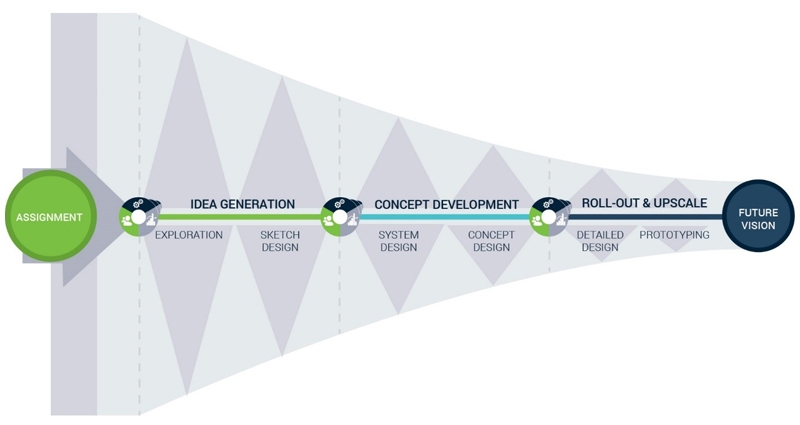
A recent Verhaert survey among Dutch civil servants showed that 85% find experimenting important, however only 56% is satisfied with current efforts. 74% find clear methods to measure and manage innovation important, only 3% is satisfied with them. Overall, only 28% is satisfied with how innovation is structurally embedded.
This is happening today. In Flanders, under the PIO program, government agencies are adopting an active approach. They define current and future needs and actively explore the market for innovative technologies, supported by technology experts. This way, innovative concepts can be created and tendered. In the Netherlands, governments are stimulated to act as ‘launching customer’ of innovative solutions. PIANOo, the Dutch Public Procurement Expertise Centre, advises city administrations in how they can take up this role.
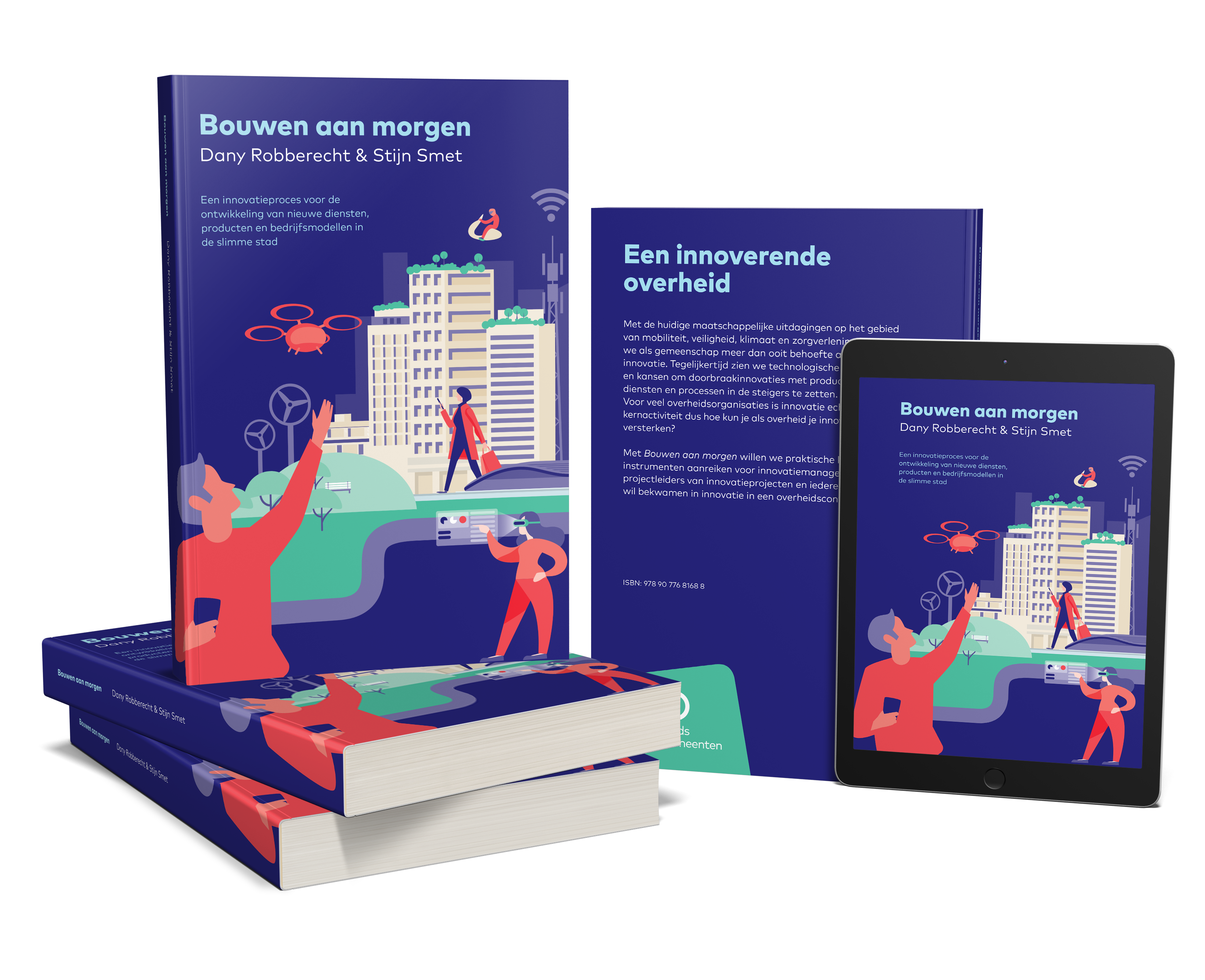 Verhaert supports governments in shaping their innovation organization and processes, as well as innovation projects. Some of this experience was bundled in a book (in Dutch) and recent perspectives.
Verhaert supports governments in shaping their innovation organization and processes, as well as innovation projects. Some of this experience was bundled in a book (in Dutch) and recent perspectives.
Companies
Technology providers, on the other side, will also have to adapt to this new reality. The old way of working, in which existing solutions and business models are pushed into the market, no longer works. As Harvard Business Review puts it: “The need to tailor solutions to each city’s context, combined with the unwieldiness of dealing with multiple stakeholders and agencies, has made it challenging for many providers to crack the smart city market and do so in a profitable way.” (HBR June 2018)
In order for companies to thrive, they could reconsider a slightly forgotten innovation trend of a few years ago: open innovation. Companies offering an innovative technology, should first envision how this technology might improve our lives. When engaging with governments and other partners, a joint purpose should be defined, that can be translated into a concrete business opportunity within a specific ecosystem. When a joint purpose and business opportunity is defined, only then can partners discuss their strategies, strengths and assets (that will be deployed) to define a business model which will benefit the entire ecosystem.
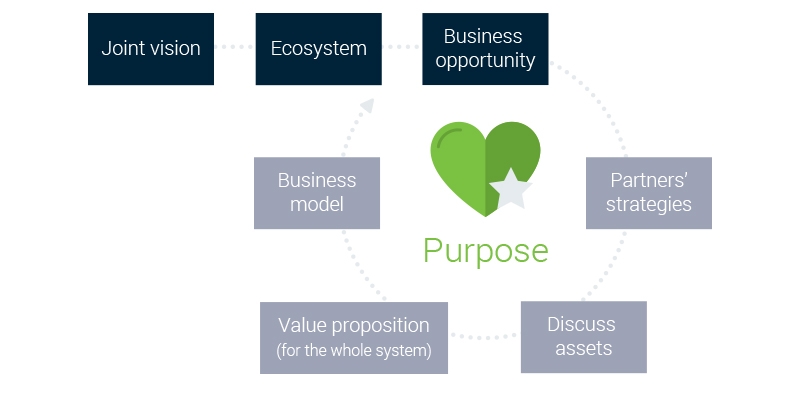
The combination of city administrations actively pursuing innovative solutions and ‘open minded’ corporations will lead to a boom of new smart city services creating value for the corporations involved, the city and its citizens.
Contact us for more information on how we support governments in their innovation procurement and companies in their innovative collaborations and service design.
Download the perspective


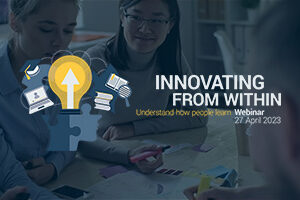

![How Verhaert is boosting European space innovation [Interview]](https://verhaert.com/wp-content/uploads/Verhaert-Blog-2022-CASSINI-Business-Accelerator-interviewthumb-300x200.jpg)